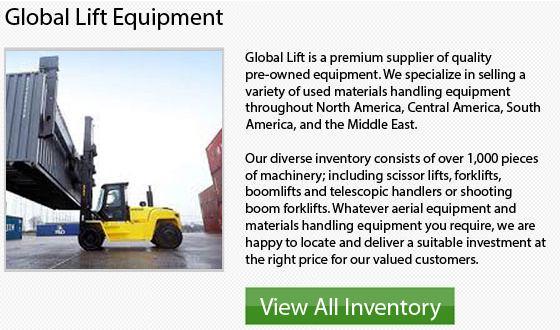
In order to help avoid the requirement for costly lift truck repairs, it is recommended to inspect the front end of your forklift frequently as part of your daily and even pre-shift inspection. By catching any problems in advance or as they arise, you could also help prevent damage to any type of cargo as well. The following includes a few of the general guidelines on what specific things to inspect during regular inspections of your material handling fleet.
Forks
Frequently checking the forks is important because if these are cracked or worn out, they may fail without warning. Any kind of fork damage means that your forklift would have to instantly be removed from service until it is safe and fixed once more. Visually check your forks for any noticeable indications of damage or wear. If the cracks run deeper than on the surface, replace them. Any kind of wear on the forks beyond 10 percent is another indication that you should replace the forks.
Mast
The mast must ideally tilt backward and forward while being able to move up and down. You might need to grease the mast strip sliding surfaces and fittings if you find that the sliding surfaces are binding. On the inner mast there is a fitting located on every side. The lift bracket side rollers are another lubrication point and there is also one on every side roller. Once the lubricating has been completed, lower and raise the mast and also tilt it backward and forward several times in order to guarantee that the lubricant is worked correctly into the fittings.
Tilt Cylinders
Your daily inspection needs to include the checking for damage and oil leaks because an uncontrolled mast movement can be a result of oil leakage. Whether the leaks are external or are situated inside of the cylinder, the end result could be loss of fluid and cylinder drift. If there are any indications of damage or leaks, you might have to replace the whole cylinder assembly, or just the seals.
Chains
The mast chains have to be inspected to see if they are being stretched beyond their acceptable limits. What's more, inspect the chain wear guage or check the chains for signs of damage. If wear is present beyond 2 percent, replace the chain. Also replace it if the chain seems rusted or kinked. The sheave bearings and the chain rollers also have to be checked for indications of wear.
The mast lift chain would normally wear at the pin-to-link connections. You can experience chain failure if you discover wear. This can end up damaging front end parts or even the product. If you do not have time on hand to perform regular fleet inspections or if you require help determining what exactly to inspect on your forklifts, simply contact your local forklift dealer. Their trained service technicians would help your perform PM or planned maintenance checks based on your scheduling and application needs.